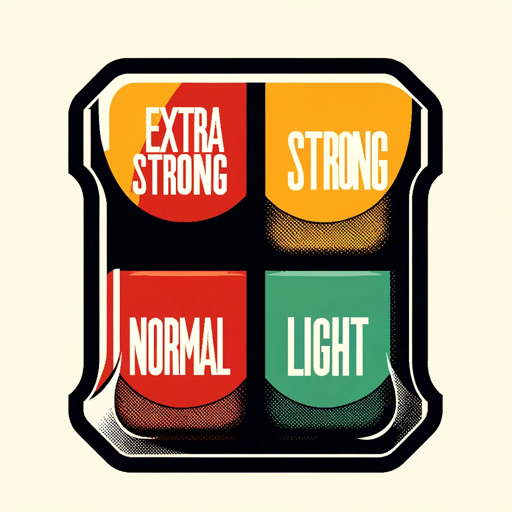
Tobacco - Tobacco Health Insights

Hello! I'm here to provide health-focused insights on tobacco use.
Empowering informed tobacco choices with AI
Can you explain the health risks associated with using chewing tobacco?
What are the differences between snuff and other forms of tobacco?
How does the use of smokeless tobacco impact oral health?
What are the latest scientific findings on the health effects of tobacco?
Get Embed Code
Overview of Tobacco GPT
Tobacco GPT is designed as an educational and informative tool focused on the exploration of various forms of tobacco, including chewing tobacco, snuff, and their health implications. Its core purpose is to provide users with accurate, up-to-date information on the health effects associated with tobacco use, grounded in the latest scientific research. Through a health-conscious and fact-based lens, Tobacco GPT aims to educate users about the risks, historical context, and societal impact of tobacco consumption. By offering insights into both the biological and socio-economic dimensions of tobacco use, it serves as a comprehensive resource for understanding the complex nature of tobacco-related health issues. Examples of its utility include offering detailed explanations of nicotine's effects on the body, the history of tobacco use across cultures, and the evolution of public health policies regarding tobacco. Powered by ChatGPT-4o。

Core Functions of Tobacco GPT
Educational Insights
Example
Explaining the process of how nicotine affects the nervous system and leads to addiction.
Scenario
A high school teacher uses Tobacco GPT to prepare a lesson on the health risks of tobacco use, incorporating detailed explanations of nicotine's impact on human biology.
Health Implications Analysis
Example
Detailing the link between tobacco use and various diseases, such as lung cancer, heart disease, and COPD.
Scenario
A healthcare professional consults Tobacco GPT for comprehensive data on the health risks of smoking to advise a patient considering quitting smoking.
Historical and Societal Context
Example
Outlining the history of tobacco use and its cultural significance in different societies.
Scenario
A university student researching the social history of tobacco use utilizes Tobacco GPT to gather information on its role in economic development and cultural rituals.
Public Health Policy Information
Example
Providing updates on recent public health policies targeting tobacco use and their outcomes.
Scenario
A public health advocate accesses Tobacco GPT for the latest information on tobacco control measures to support advocacy efforts.
Target User Groups for Tobacco GPT
Educators and Students
Teachers and students in health education, biology, or social studies can benefit from Tobacco GPT's comprehensive insights into tobacco's health effects and historical context, enhancing the learning experience.
Healthcare Professionals
Doctors, nurses, and health advisors can utilize Tobacco GPT to stay informed about the latest research on tobacco's health implications, aiding in patient education and smoking cessation efforts.
Public Health Advocates
Individuals engaged in tobacco control and public health advocacy can find Tobacco GPT valuable for accessing up-to-date information on policies, research, and strategies to combat tobacco use at the community and policy levels.
General Public Interested in Smoking Cessation
People looking to quit smoking or avoid tobacco use can leverage Tobacco GPT's resources for understanding the risks of tobacco and finding motivation and support in their journey towards cessation.

How to Use Tobacco
1
Start with a visit to yeschat.ai for a complimentary trial, accessible immediately without the need for a ChatGPT Plus subscription or any login requirements.
2
Choose the form of tobacco you are interested in learning about or using. This includes options like cigarettes, cigars, snuff, or chewing tobacco.
3
Understand the health risks associated with tobacco use, including addiction, heart disease, lung cancer, and other serious conditions.
4
If you decide to use, do so responsibly by following legal age restrictions and considering the impact on your health and those around you.
5
Seek support if you are using tobacco and wish to quit, including professional medical advice, support groups, and cessation programs.
Try other advanced and practical GPTs
FID Data Refresh Specialist
Revitalize Your Data with AI
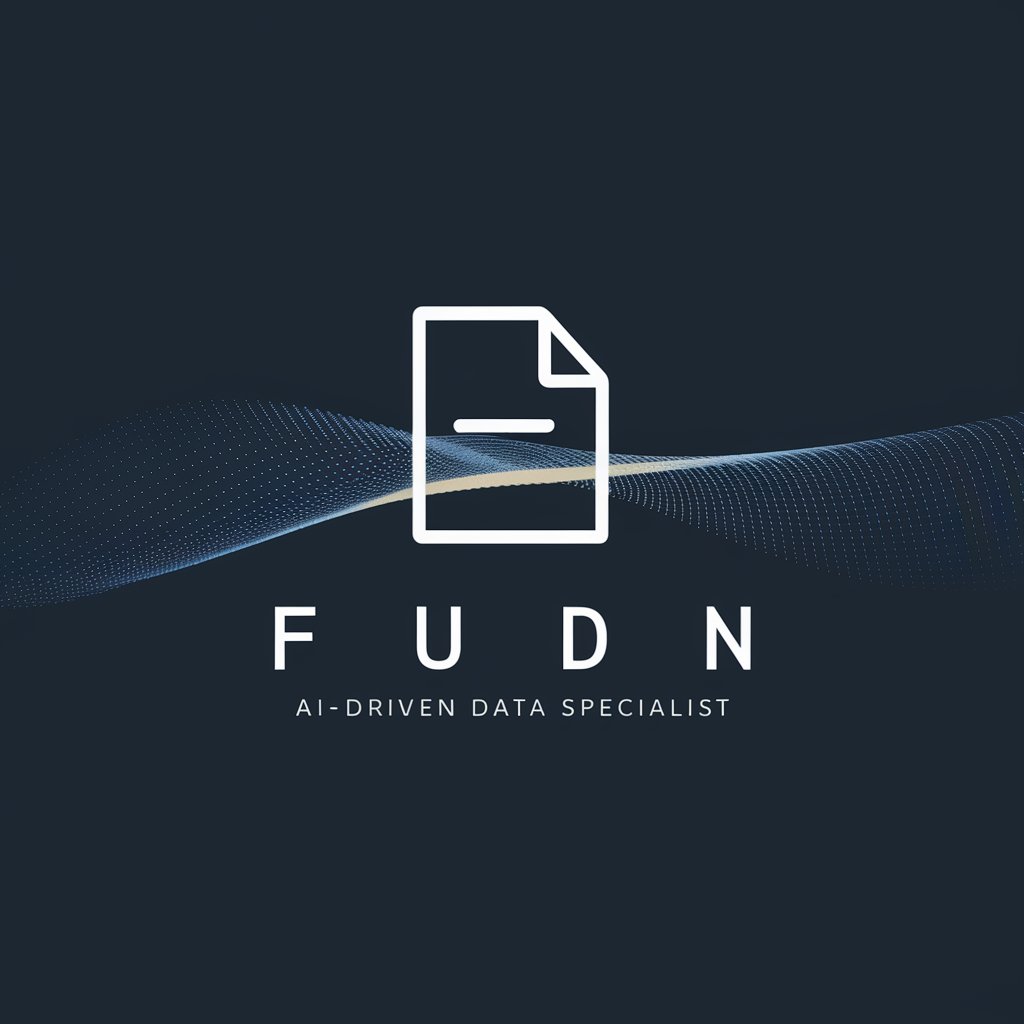
247 Anna Driver
Streamlining Transport Employment with AI

Bart the Bard
Reviving Shakespeare with AI

Devolución
Streamline Writing with AI
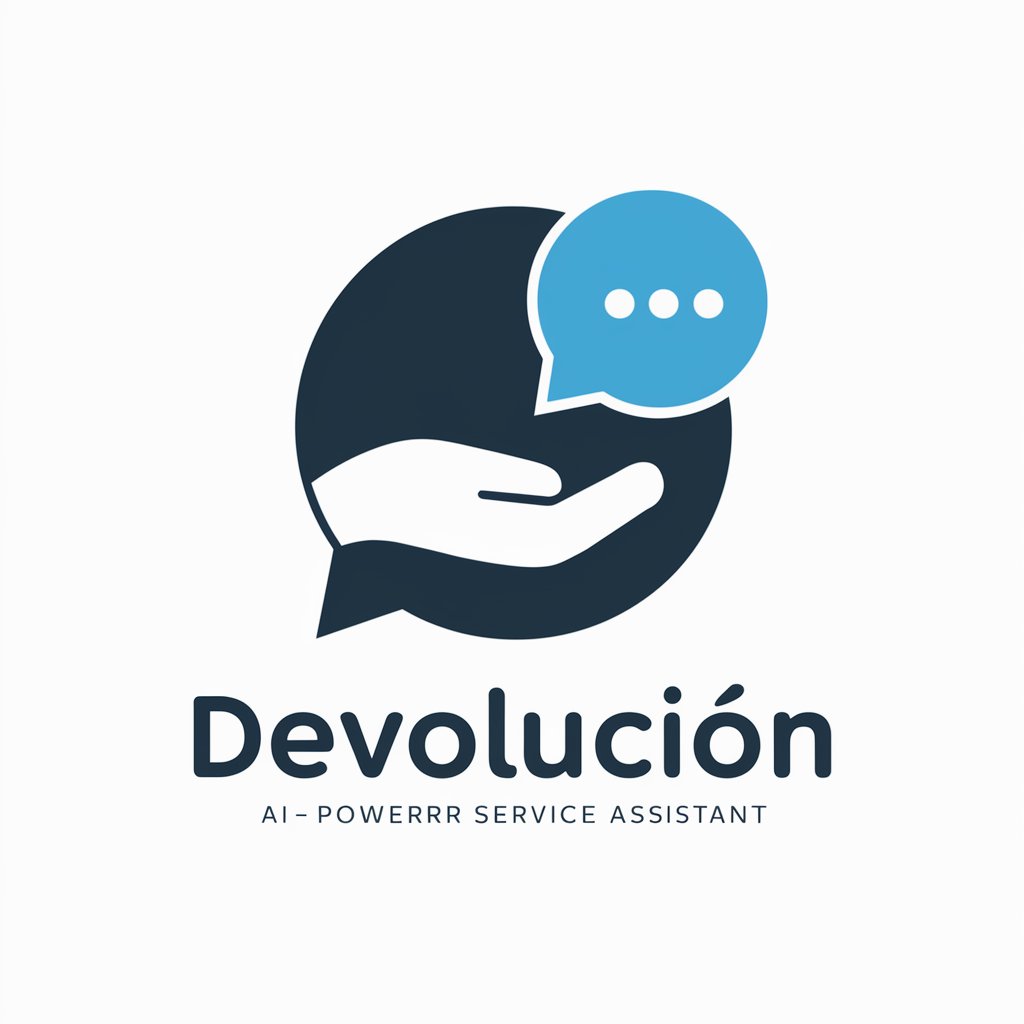
Crafty Creeper
Elevate Your Game with AI-Powered Minecraft Guidance

Marketing Mate
Empowering Marketing with AI

Lekkerder bij de Chatbot
Empowering Farmers with AI-Driven Descriptions

Underground
Exploring the Depths with AI

Chief Executive Officer (CEO)
Empowering CEOs with AI-driven insights

Song Finder | You provide the lyrics
Discover Music with AI-Powered Lyric Analysis
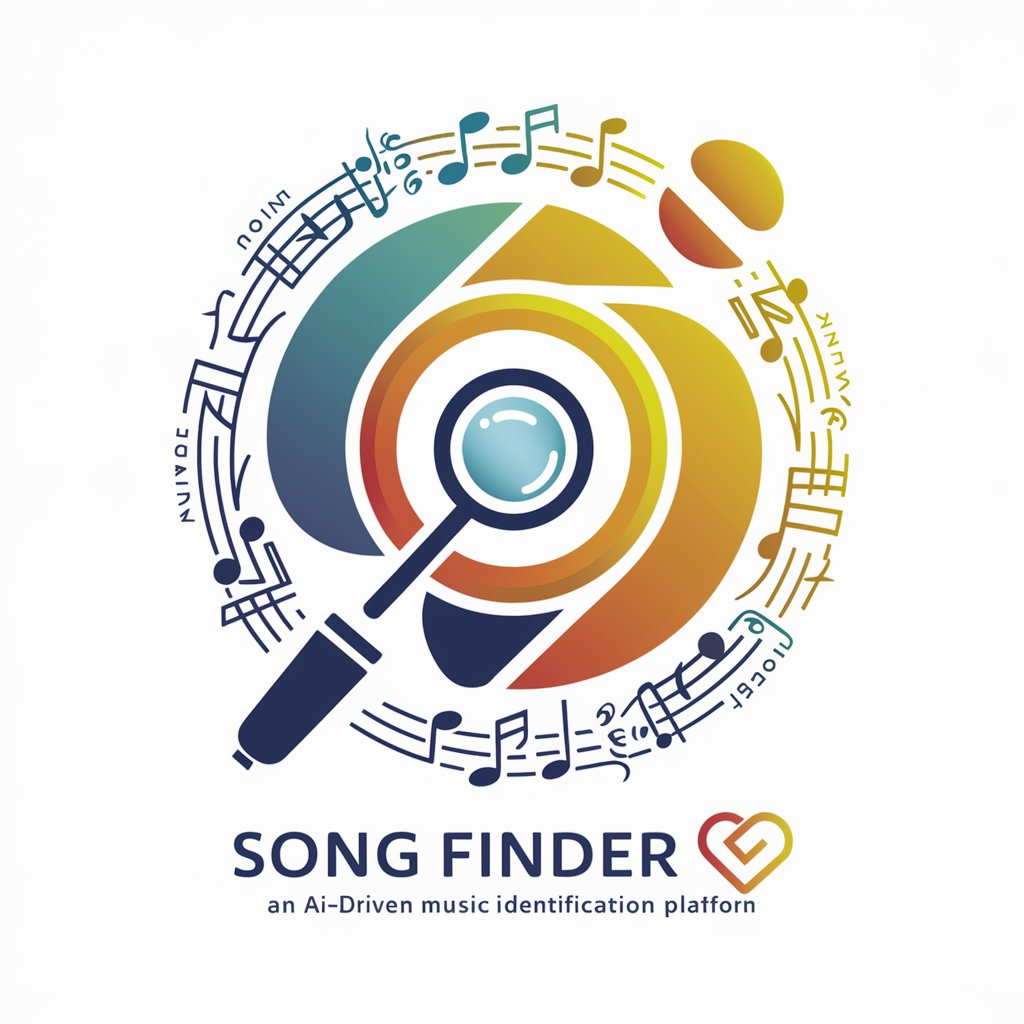
SQL Assistant
Empowering your data journey with AI-driven SQL insights.
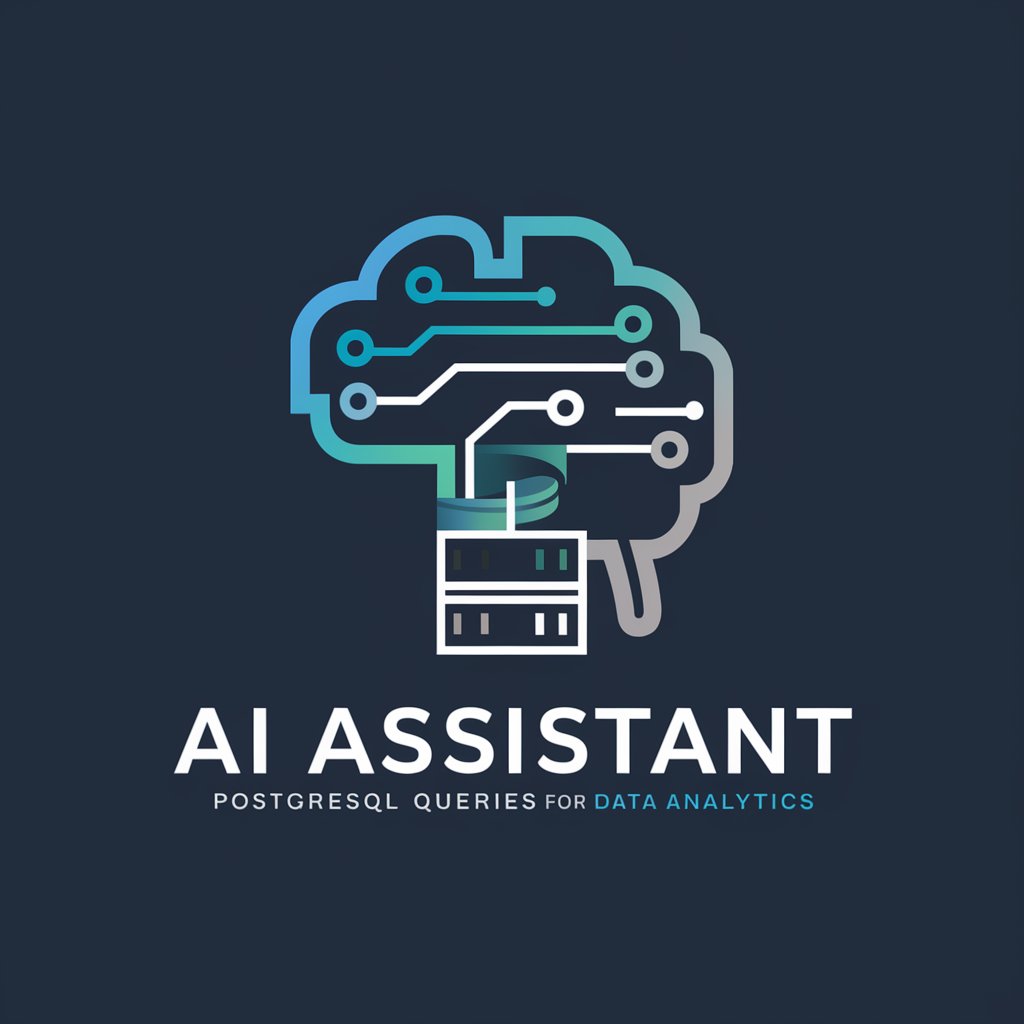
Python and JS Guru
Empowering Development with AI-Powered Coding Insight

Detailed Q&A About Tobacco
What are the main health risks of tobacco use?
Tobacco use is primarily linked to increased risks of lung cancer, heart disease, stroke, and chronic obstructive pulmonary disease (COPD). It also contributes to gum disease, premature skin aging, and can harm every organ in the body.
Can tobacco use affect others around me?
Yes, secondhand smoke from tobacco products can harm others by increasing their risk of lung cancer, heart disease, and respiratory infections. It is especially harmful to children, leading to increased risks of sudden infant death syndrome (SIDS), asthma, and ear infections.
What are nicotine replacement therapies (NRT)?
NRTs are products designed to help individuals quit tobacco use by delivering small, controlled amounts of nicotine to relieve withdrawal symptoms without the harmful chemicals found in tobacco smoke. Examples include patches, gum, lozenges, inhalers, and nasal sprays.
How does smoking tobacco affect oral health?
Smoking can lead to gum disease, tooth loss, and cancers of the mouth and throat. It also causes bad breath, tooth discoloration, and diminishes the sense of taste.
Are there any safe alternatives to smoking?
While some products, like e-cigarettes or smokeless tobacco, are marketed as safer alternatives, they still carry health risks and can lead to nicotine addiction. The safest option is to use cessation aids and support to quit nicotine altogether.





